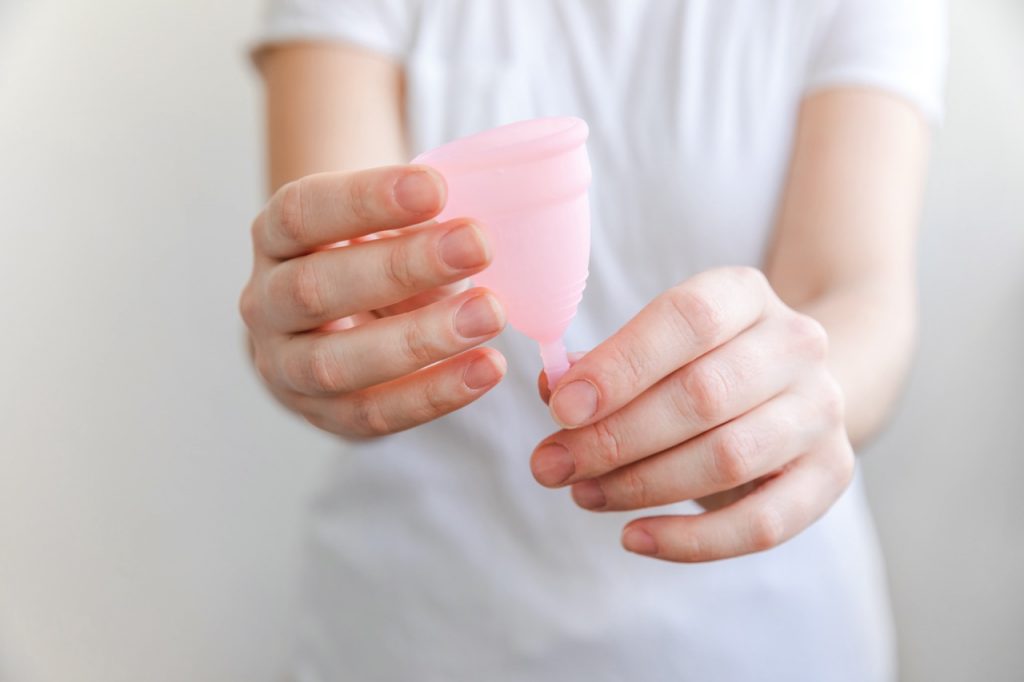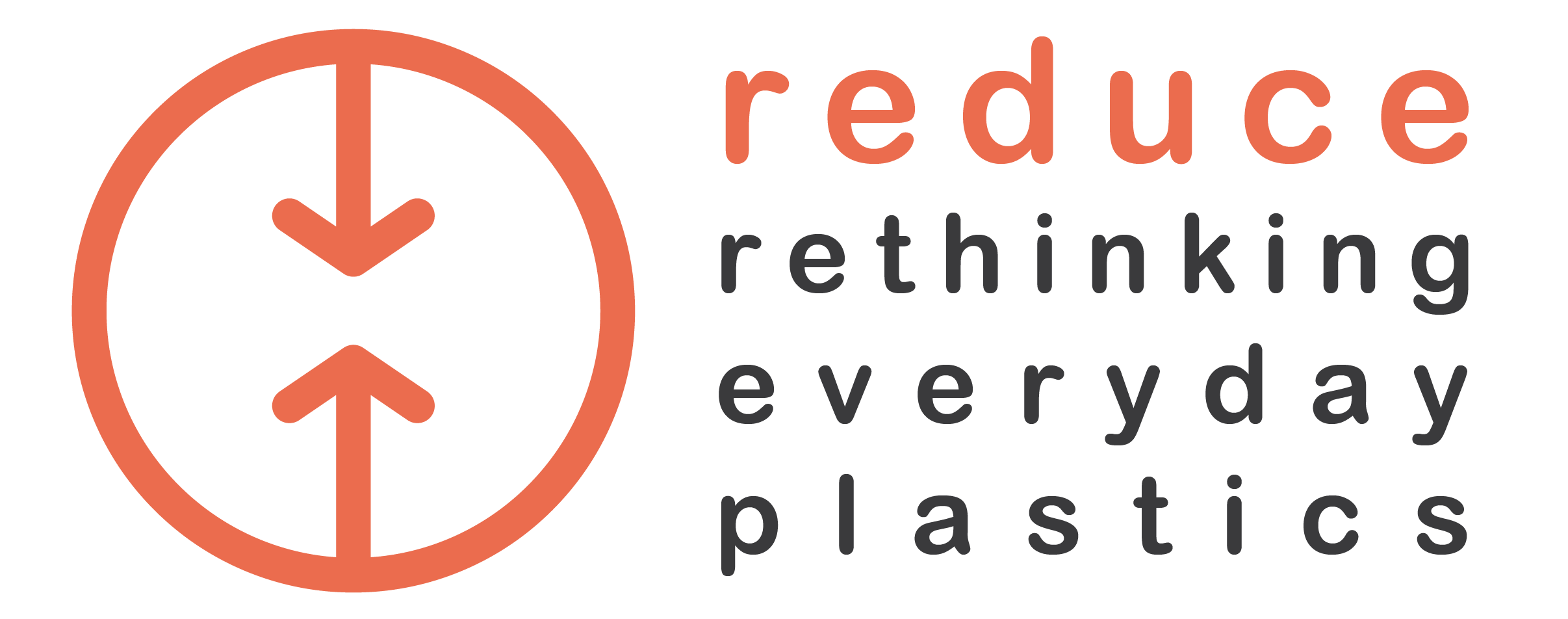Plastics & Politics
Plastic is widely discussed in various debates on environmental policy – especially related to littering and microplastics. It is also regulated through prohibitions, injunctions and guidelines related to service life, recycling and content of chemicals. We still believe that there are large blind spots in terms of the scope of plastic products, overproduction, and recycling capacity. The plastic is very present in some discussions, while it is absent in others where it should be relevant. An example is the discussion about free menstrual pads and tampons at upper secondary schools in Norway. A survey conducted by Respons Analyse on behalf of the grocery chain Kiwi shows that «77 percent of girls under the age of 25 have experienced unpleasant situations due to a lack of access to menstrual pads and tampons during menstruation». The answer, according to Kiwi and Unicef, is free pads and tampons for girls. The Norwegian Green Party (MDG) has already achieved free pads and tampons for girls in upper secondary school in the Norwegian municipality Nordland. This could have been an opportunity to problematize these disposable products that contain plastic and that contribute to huge amounts of waste, and include alternative products in the discussion. However, the multi-use product the menstrual cup, as developed by project partner CleanCup, is not even mentioned as an alternative.

In the project, we will investigate how plastic is adressed in political discussions, documents and regulations, and what this means for plastic consumption. What are the important drivers in the development of plastic reduction policies? At Kulturhuset, we discussed the difference between a top-down and a bottom-up perspective – and that both mechanisms can be effective. On the one hand, we have the EU and the Green Deal with an ambitious program that results in a number of directives that member states must follow. On the other hand, bottom-up initiatives are important for creating support and legitimacy for various forms of new regulations. An example is the ban on selected disposable plastic products, which came as a reaction to the spotlight on environmental organizations and the media targeting plastics in the sea. In these contexts, non-profit organizations play an important role.
We also discussed whether the existing measures related to plastics follow the principle of subsidiarity, or whether they are primarily at a national or international level. The answers here are ambiguous, the EU is obviously a driver, with a stream of directives. The nations are striving to follow up, this also applies to Norway. One task is to look at how Norway follows up on the essential dimensions of the European Green Deal on plastic. A preliminary analysis shows that Norway performs mediocre in the EU context, and the question is why. Norwegian municipalities have a plan for plastic, but how it is followed up varies. We would like to collaborate with the Friends of the Earth Norway and the Norwegian Environment Agency to create criteria for an analysis of plastic policy. In this context, it may also become relevant to conduct interviews with key informants in the administration.
Another important political aspect is the question of division of responsibilities. We will examine how consumers, politicians and the industry perceive responsibility for plastic-reducing measures. In this context, it may be relevant to design a survey aimed at consumers and politicians in collaboration with the SIFO survey in 2022 on the same model that has previously been used for sustainability / climate. A possible comparison with the UK might be interesting in collaboration with our partner David Evans from Bristol University, if this can be done within the framework of the project.
